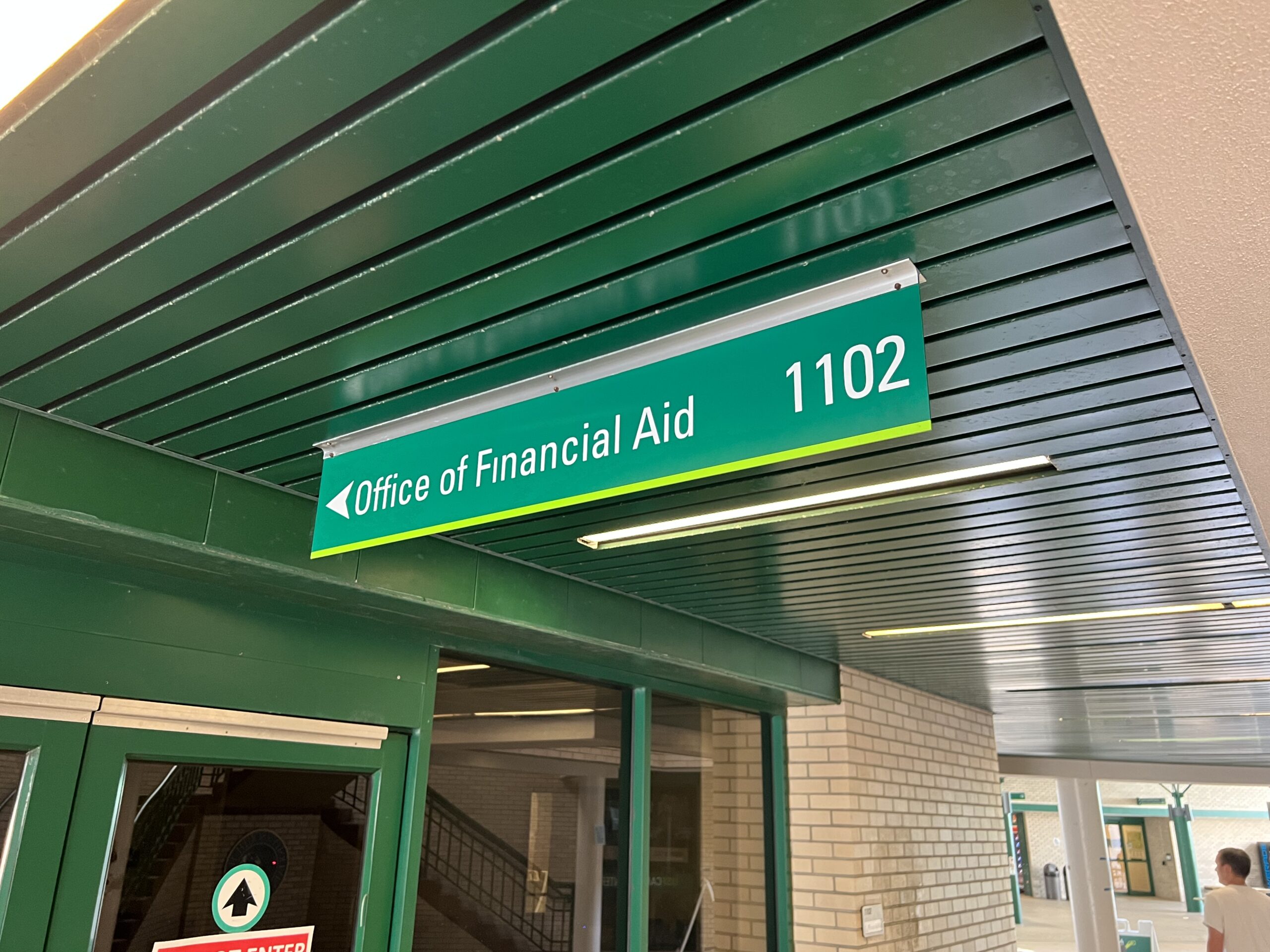Here’s a breakdown of the 2024-25 FAFSA changes

This year, USF students will see changes to the Free Application for Federal Student Aid (FAFSA) – starting with a delayed opening date.
The U.S. Department of Education recently announced that the form will be available to students two months later than the usual date of Oct. 1. The form is expected to open in December – though no exact date has been provided.
Though the delayed opening date will only occur this year, the changes within the form will be permanent. These include a streamlined process, wider accessibility and new terminology for the form.
Here’s a breakdown of what every student should know about the updates.
A new way to calculate aid
The Expected Family Contribution (EFC), or the formula used to determine how much aid a student is eligible for, will be replaced with the Student Aid Index (SAI).
Under the new formula, the number of family members enrolled in college will be removed from the calculation and will no longer impact a student’s aid eligibility. It also allows a minimum SAI of negative $1,500, as opposed to a minimum EFC of $0.
A negative SAI will indicate a greater level of financial need for a student. It will alert postsecondary institutions so they may help the individual with additional institutional funds.
The name was changed to clarify that the SAI indicates whether a student is eligible for aid rather than a determination of what they will pay.
Changes to the Pell Grant
The new SAI calculation is also estimated to increase the number of Pell Grant recipients by nearly 15%.
About one third of all USF students qualified for the Pell Grant in 2023, a form of need-based financial aid designed to assist low-income students with paying for college.
Previously, a student qualified for the Pell Grant must have been enrolled at least half-time during a payment period to receive an award. Beginning with the 2024-25 form, this requirement will be removed.
Students with families making less than 175% of the federal poverty level and single parents making less than 225% of the federal poverty level will receive a maximum Pell Grant award. Students from households below 275%, 325%, 350 or 400% of the poverty level will be guaranteed minimum Pell grants.
Pell awards between the minimum and maximum will be determined by the SAI rather than the EFC.
Pell grants will also now be available to incarcerated students and students convicted of drug-related offenses.
Submitting tax information
In the past, users were given the option to enter tax information manually or have it uploaded by the Internal Revenue Service (IRS).
Starting next year, all individuals completing the form must allow the Department of Education to receive tax information directly from the IRS. Because students will not even be given the option to provide tax information manually, there will be fewer questions on the form.
A streamlined process
The maximum number of questions will be decreased from 108 to 36 – which might not be presented to all students in their entirety.
Questions regarding selective service registration and drug convictions will be removed. It will add questions about applicants’ sex, race and ethnicity, but will have no effect on financial aid eligibility.
Increased accessibility
Students will also be able to submit their completed FAFSA form to up to 20 colleges, career or trade schools, which is double the previous number.
Previously only available in English and Spanish, the form will be offered in 11 languages commonly spoken by English learner students and their parents. Additional languages include Chinese, Vietnamese and Arabic.








